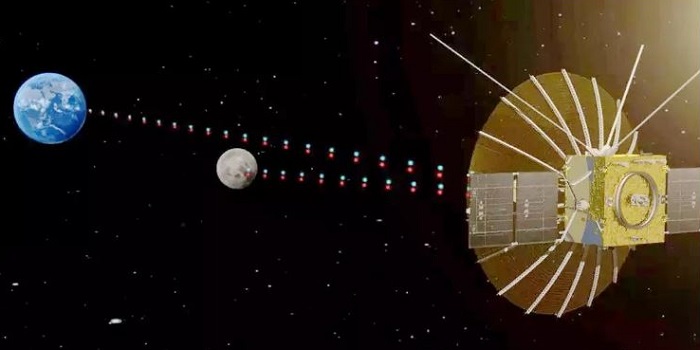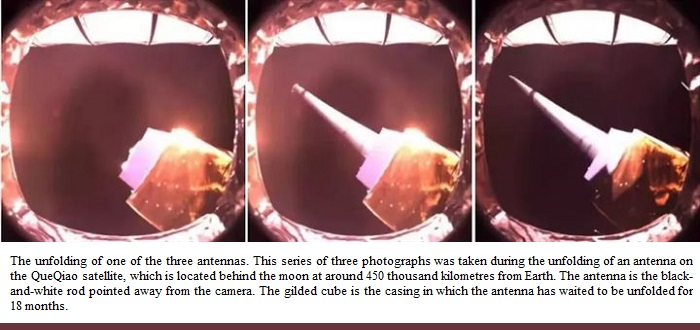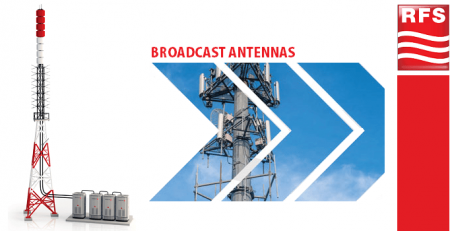Dutch-Chinese Radio Telescope Unfolds its Antennas Behind the Moon
The Netherlands-China Low Frequency Explorer (NCLE) is a prototype radio telescope built to record weak radio signals from a period just following the Big Bang, called the Dark Ages. These signals are blocked by the Earth’s atmosphere, which is why the telescope was placed on a satellite and brought to a location behind the moon. With this satellite, called QueQiao, the China National Space Administration (CNSA) has been navigating a lunar lander that has been driving around the back of the moon since early 2019. The Netherlands-China Low Frequency Explorer was developed in the Netherlands by Radboud University (Nijmegen), ASTRON (Dwingeloo) and the ISISpace company (Delft), with support from the Netherlands Space Office.
The dutch team has announced that the three antennas on the Dutch-Chinese radio telescope, which is currently located behind the moon, have been unfolded. The Netherlands-China Low Frequency Explorer (NCLE) hung in space waiting for over a year. This was longer than initially planned, as the accompanying communications satellite had to assist a Chinese lunar lander for a longer time.
The Chinese satellite was previously mainly seen as a communications satellite. However, the Chinese moon mission has now achieved its primary goals. Consequently, the Chinese have redefined the satellite to be a radio observatory. As such, the Netherlands-China Low Frequency Explorer is the first Dutch-Chinese space observatory for radio astronomy.
The longer stay behind the moon most likely did have an effect on the antennas. At first, the antennas unfolded smoothly, but as the process progressed, it became increasingly difficult. The team, therefore, decided to collect data first and perhaps unfold the antennas further at a later point in time. With these shorter antennas, the instrument is sensitive to signals from around 800 million years after the Big Bang. Once unfolded to their full length, they will be able to capture signals from just after the Big Bang.













